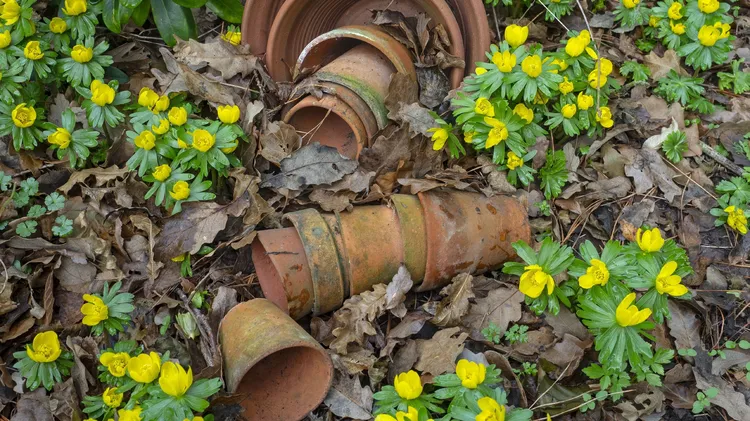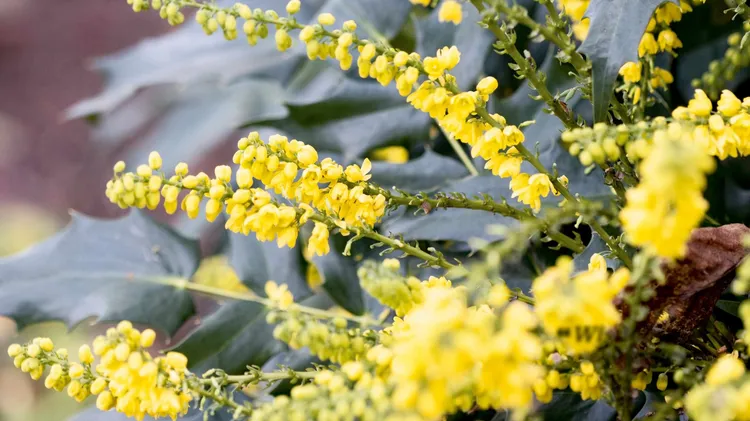Bring bright, sunny colour to your late-winter garden with the earliest flowers of
Eranthis
7 min read
This article is from...
Read this article and 8000+ more magazines and newspapers on Readly






